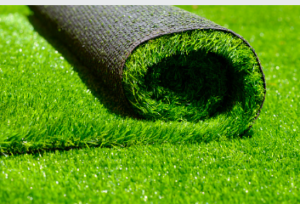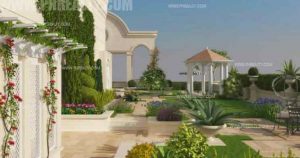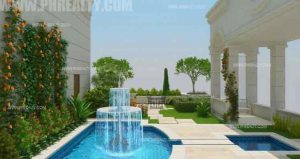How to Install Artificial Grass
Artificial grass is an eco-friendly, cost-effective solution for landscaping, playgrounds, sports courts, and other outdoor applications. No need for regular mowing or watering; simply easy maintenance!
 But synthetic turf has its drawbacks; it retains sun heat more efficiently than natural grass and, in extreme cases, can become unbearably hot – this may present difficulties to families with young children who wish to play outside in their yards. Check out for details https://termiturf.com.au/office/artificial-grass-adelaide/.
But synthetic turf has its drawbacks; it retains sun heat more efficiently than natural grass and, in extreme cases, can become unbearably hot – this may present difficulties to families with young children who wish to play outside in their yards. Check out for details https://termiturf.com.au/office/artificial-grass-adelaide/.
Benefits
Artificial grass Adelaide can not only add beauty and sophistication to your garden, but it can also offer many advantages for both homeowners and businesses. Artificial turf helps lower energy costs, conserve water usage and maintain an impeccable appearance of any outdoor space.
Synthetic grass is also environmentally friendly because it requires less maintenance and has fewer chemical effects on soil, air, and water than natural grass. This feature makes synthetic grass an attractive option for homeowners seeking to keep their property looking its best while safeguarding the planet.
Additionally, water conservation can save money by lowering water usage and avoiding costly fines – an especially valuable benefit for HOAs and homeowners in areas with strict water use regulations.
Environmentally friendly synthetic grass can easily be recycled at its end of life, which ensures it will not end up as landfill trash, but instead used again for another purpose.
As it only requires occasional cleaning and rinsing, it makes an ideal solution for homeowners and businesses concerned with environmental preservation. Plus, its low maintenance needs make it ideal for people without much time to dedicate to gardening!
With synthetic grass, you won’t have to worry about pests or lawn diseases that destroy real grass, costing time and money to battle them off. Furthermore, its resistance to extreme weather conditions makes it even less sensitive than natural grass.
Installation
Before installing artificial grass, you must follow a few steps to prepare it and ensure its success. These include clearing away old surfaces, building a sub-base and prepping the artificial lawn surface.
As part of your new grass installation process, you must also lay a weed membrane and underlay to help keep weeds at bay and give the appearance of more natural grass while prolonging its longevity. This step should help ensure a great finished result!
Before beginning, ensure the area where you plan to install artificial turf is clean and free from rocks or debris that could impede its installation process. Also, consider purchasing weed killers to kill unwanted weeds on the installation site.
Once all necessary tasks have been accomplished, the next step in installing your new lawn should be installation. You may opt to do it yourself or hire a professional.
New synthetic grass should be installed during autumn when temperatures have warmed sufficiently to enable it to adapt and soften up. Spring can be another good time, provided winter’s precipitation has subsided, and temperatures consistently stay above freezing every night. Check out for details https://termiturf.com.au/office/artificial-grass-adelaide/.
Maintenance
Your artificial grass installation may last many years if you take proper steps to protect and care for it. While there are simple ways to clean it yourself, professional services may also be required for more intensive maintenance services.
Brushing regularly will keep your lawn looking its best by clearing away dirt, dust and debris that accumulates over time and helping the blades stand more upright to give the appearance that they are growing naturally in their surroundings.
Properly maintaining your lawn will prevent weeds from popping up and ensure it looks its best. A basic push broom can help loosen organic materials lodged between grass blades.
Regularly cleaning synthetic turf will keep it odour-free and help avoid unsightly stains, so rinsing with plain water once every week or deep cleaning it once every month should suffice to achieve this result.
Your artificial grass can also be cleaned of stains with harsh chemicals or solvents; however, these should be used cautiously as these could damage it further and make its maintenance harder.





Comments are Disabled